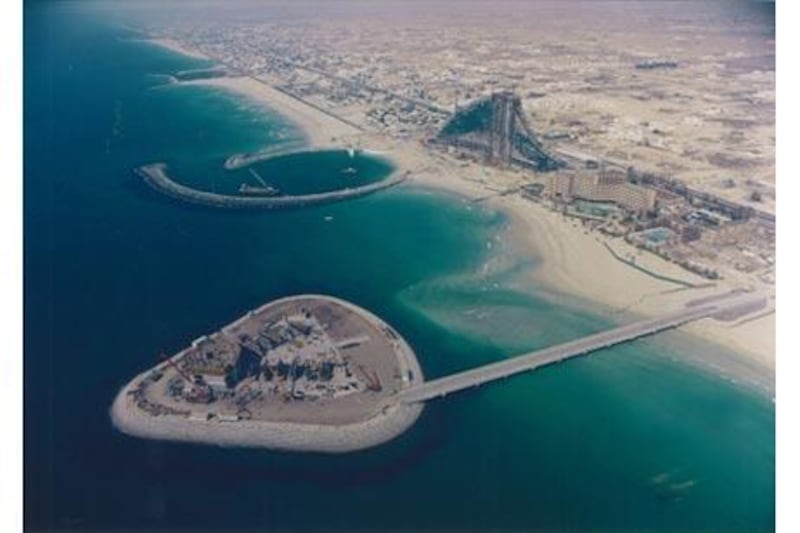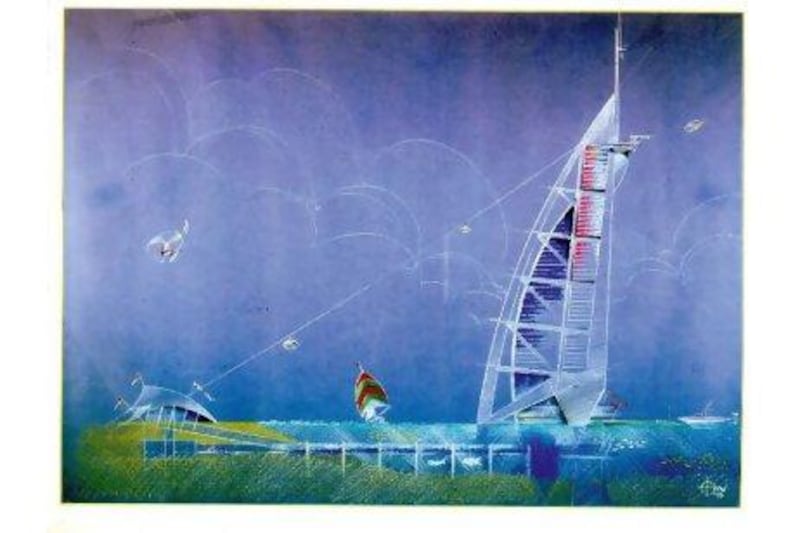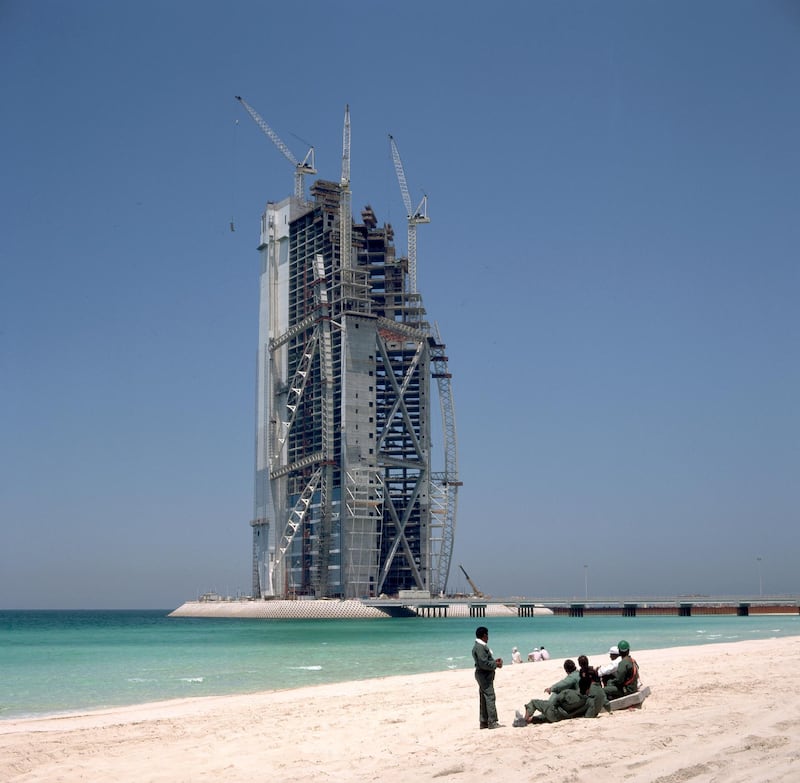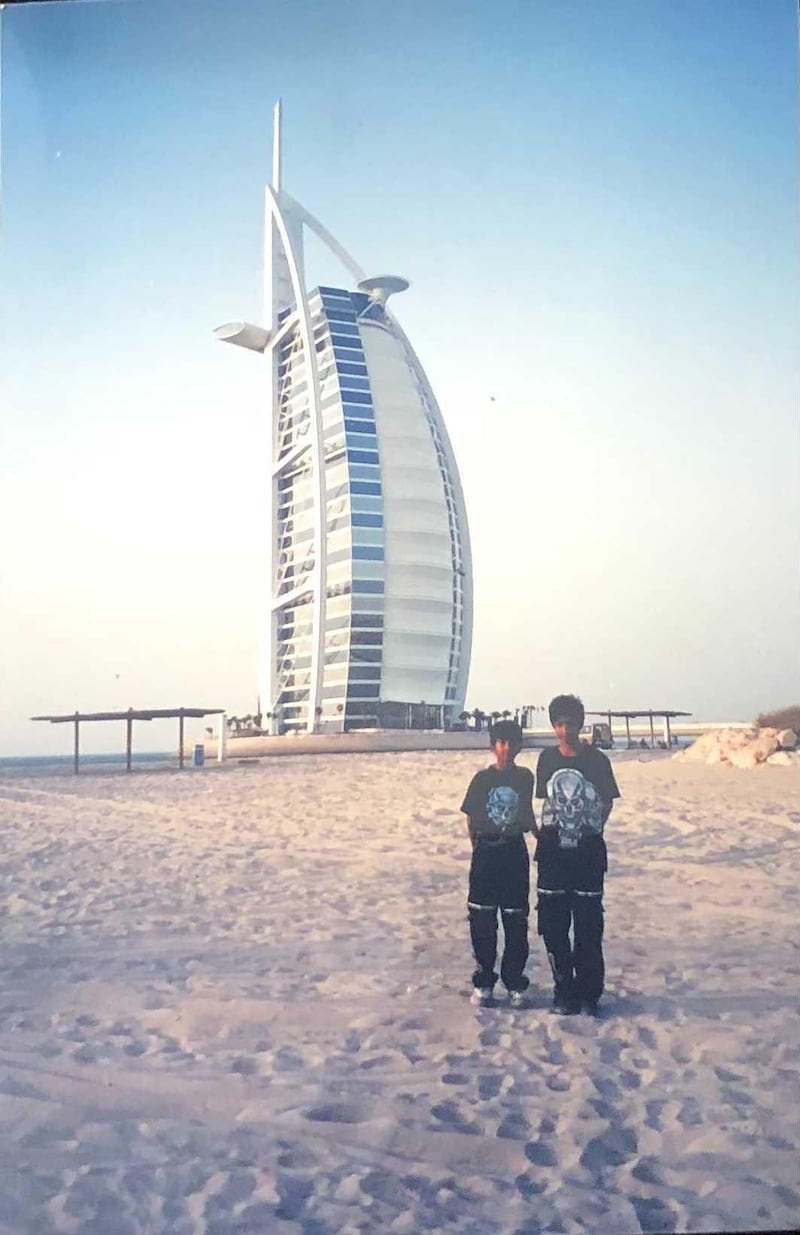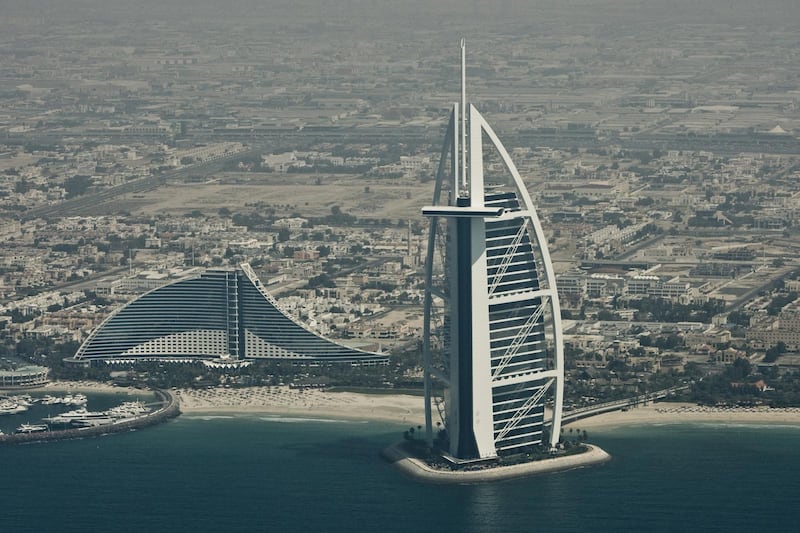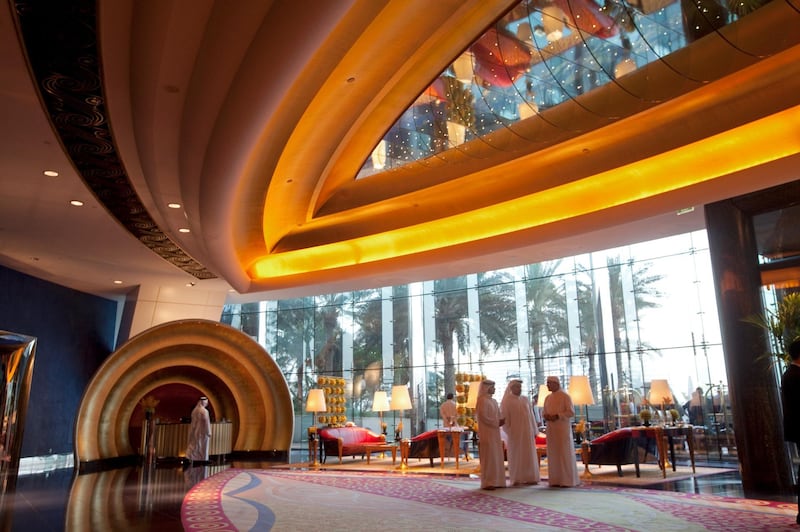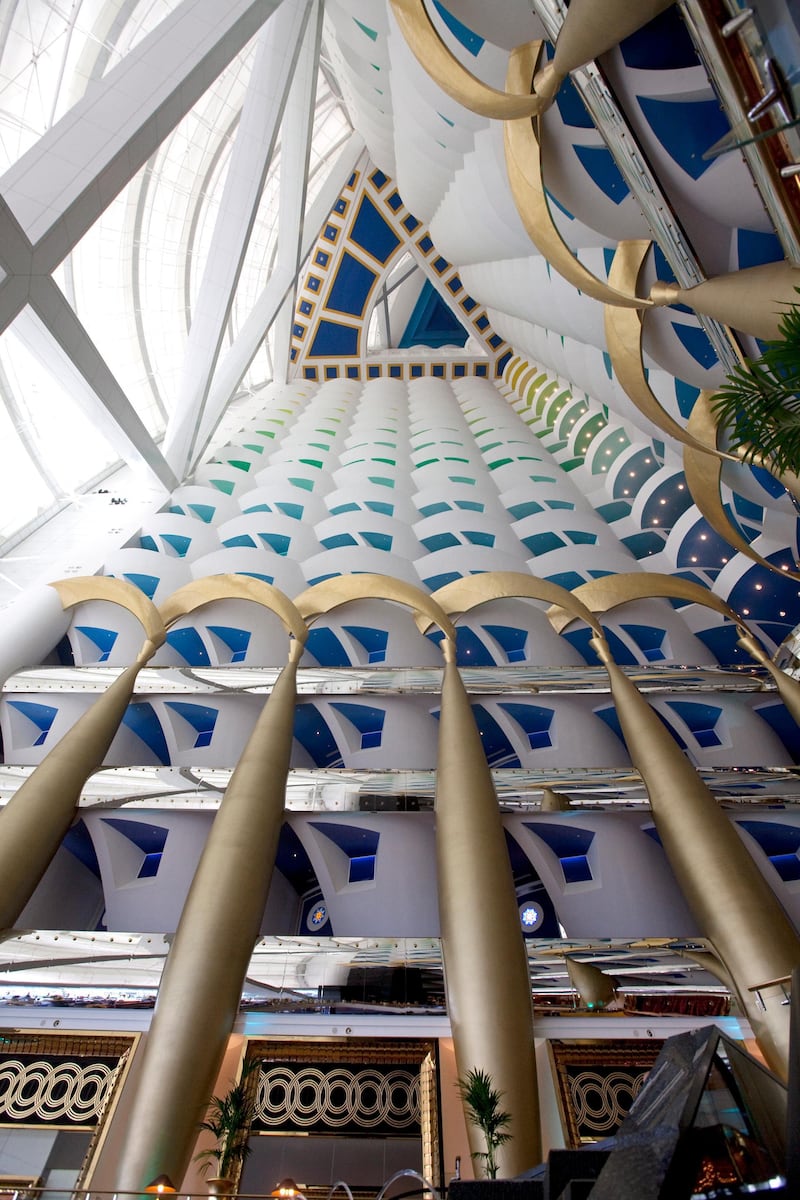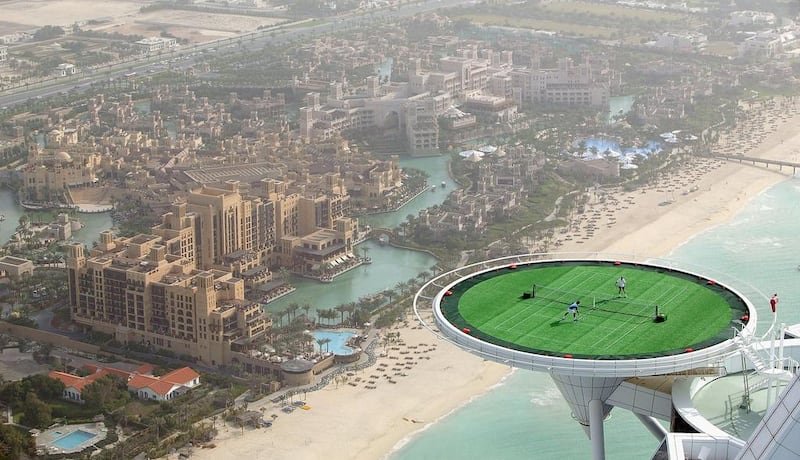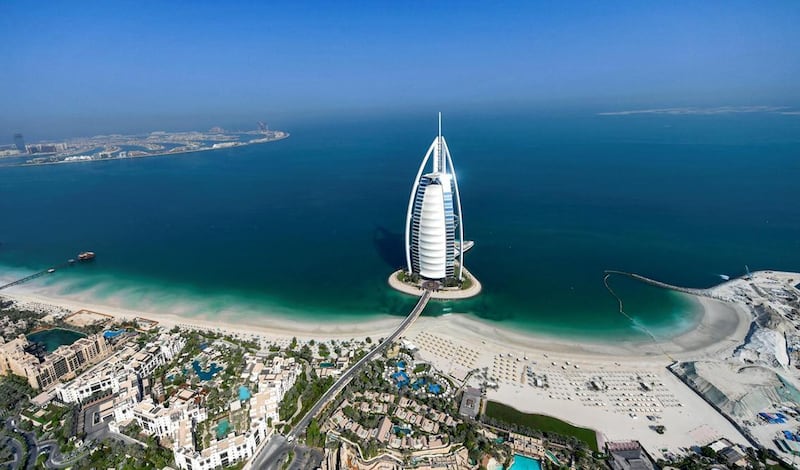Read any review of Burj Al Arab in the international media and the chances are it will report that this is the world’s first seven-star hotel.
The claim was first made when the hotel opened in December 1999, supposedly by a star-struck British travel writer (pun intended) and has been repeated endlessly.
A report in the Irish Sunday Tribune from 2004 reads: “Some experiences take your breath away. Others leave you speechless. And then there are the rare few that afflict you doubly.
“Arriving at the Burj Al Arab, the world’s only seven-star hotel, is the latter.”
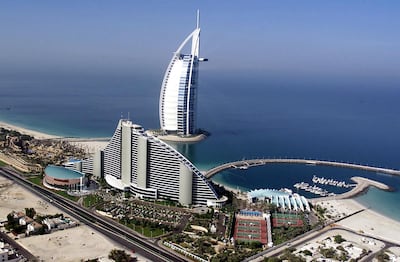
Except that it’s nonsense. Well, the seven-star bit, anyway. Burj Al Arab, for all its luxury, follows the usual practice of rating hotels, which has a maximum of five stars. There are no seven-star hotels.
But nor is there an accepted international system of rating hotels, beyond the convention of one star for the lowest category and five for the best. So why do we use it? Why stars, and why only five?
Stars have long represented lofty achievement. The Roman poet Virgil, writing the epic Aeneid poem over 2,000 years ago, used the Latin phase “sic itur ad astra”, or “thus one journeys to the stars.”
“Ad astra” as a phase has been since incorporated as a motto by dozens of organisations from the Astor family to Britain’s Royal Air Force, representing high achievement.
The English travel writer Mariana Starke is credited with the first use of symbols to represented excellence. Touring France and Italy in the 1820s, she aimed to direct her readers to the best sights by rating the buildings and works of art on a scale of one to five — but using exclamation marks.
The idea caught on but when used by the famous Baedeker guides from the 1850s onwards, stars were substituted.
Although Michelin introduced its three-star system for grading the finest restaurants in 1928, the star system for hotels would not arrive until later in the century.
America in the 1950s was embracing the era of the road trip, as a decade of growing prosperity saw millions of middle-class families buy a car for the first time and explore the country.
The Mobil Travel Guide, started by the petrol company in partnership with the publishers Simon & Schuster, first appeared in 1958.
The guide sent anonymous reviewers to hundreds of hotels, motels and restaurants across the US and Canada, grading them from one star to five.
Today the publication, now online, is known as the Forbes Travel Guide, featuring many international destinations, and claims not only to have “created the original Five-star rating system” but that “we are the only independent, global rating agency for luxury hospitality.”
The trouble is, others have muscled in on the five-star game. The British Automobile Association (AA) also uses star ratings, with the highest given red stars. The European Hotelstars Union awards stars are based on a complex equation of requirement (four-star hotels must have a bath as well as a shower, for example), while the Australian Tourist Board runs Star Ratings Australia.
In the UAE, each emirate has its own grading system for hotels, and there had been concerns that hotels with fewer than five stars may try to hide this because of feared customer prejudices.
Dubai’s Department of Economy and Tourism requires all hotels to apply for and display classification to operate. Since 2011, it has added a gold and platinum category for the very best five-star hotels.
Abu Dhabi also introduced its own system from 2007, with minimum as well as maximum criteria. A one-star hotel must be “budget-oriented, providing basic levels of comfort and basic services”.
Five stars means “luxurious standards and designs, very high levels of comfort [with] impeccable standard of excellence in service provision and in quality of facilities and infrastructure”. Platinum five-star hotels must have a 24-hour butler service.

The Emirates Palace, also frequently and erroneously called a “seven star hotel” is one of these.
It is estimated that there are 137 five-star hotels in Dubai alone. Abu Dhabi has the highest concentration of five-star hotels in the world, according to the website LuxuryHotel.com, which reports 47 out of 146 hotels in the capital have the top rating.
The website booking.com also lists hotels by the number of stars. This month in the UAE there 23 one-star hotels with vacancies, 1,500 four-star hotels and about 280 with five.
You can pay nearly Dh5,000 ($1,361) for a two-bedroom suite at Rixos The Palm, but canny travellers will know that summer in the UAE is also time to grab a bargain. For example, the five-star Carlton Palace in Deira is less than Dh200 a night.
Seeing stars doesn’t always mean breaking the bank.
A version of this article was first published on August 9, 2022

